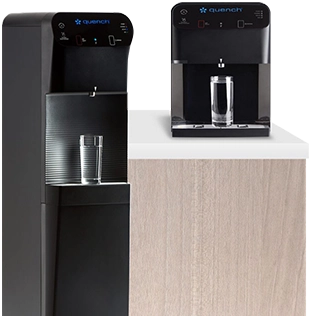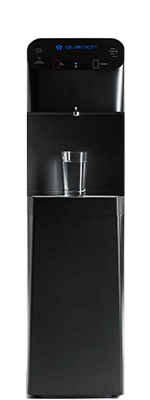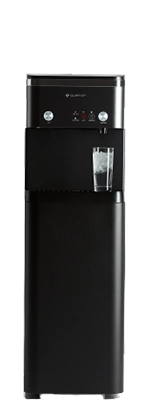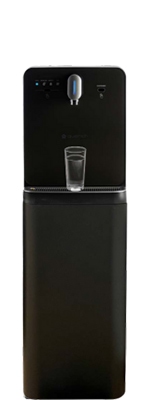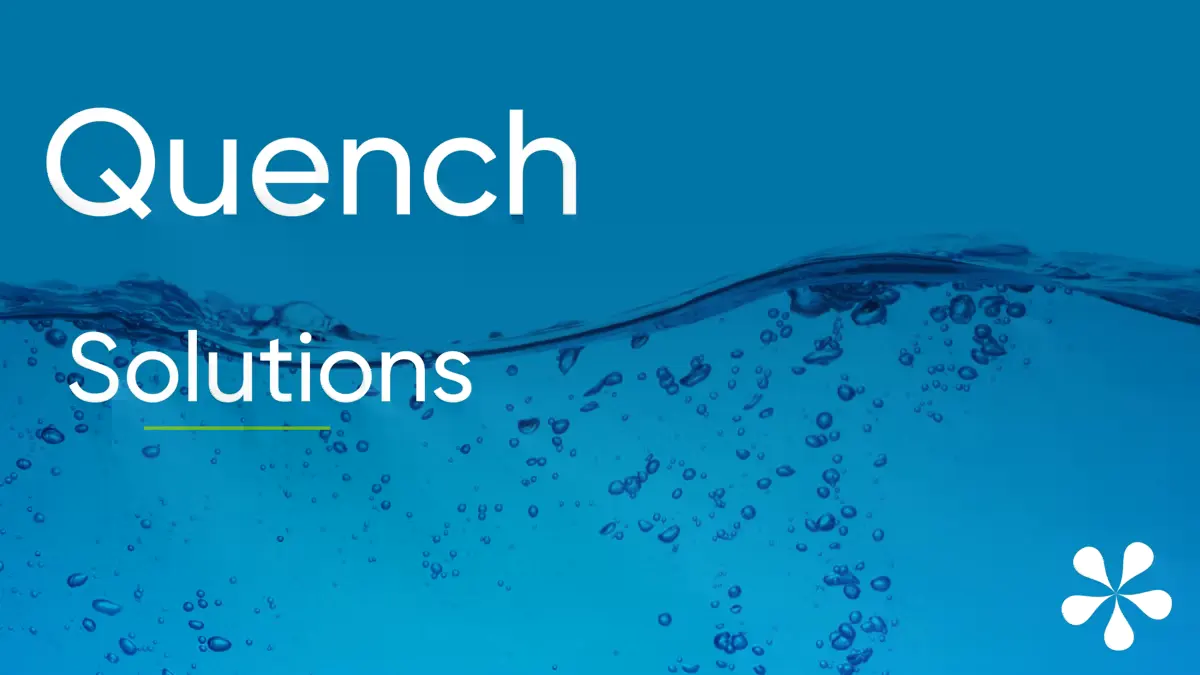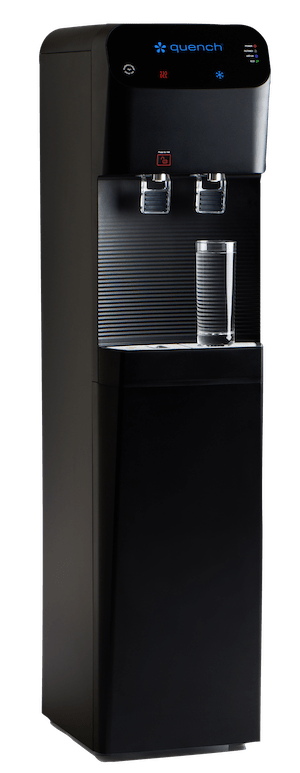When California became the 31st state in 1850, San Diego had just 650 residents. At the time, drawing water from the San Diego River and a few private wells sufficed as the city’s main water source. But by 1873, the population had grown to 2,000, and so the first public well was drilled. Water was distributed by horse and carriage to early residents at 25 cents per bucket, but many complained of poor water quality. So, city engineers went to work, drilling 12 wells in the bed of the San Diego River and storing the water in the Old Town Reservoir.
Despite new innovations to the San Diego water system, wells couldn’t keep up with demands. Between 1887 and 1897, San Diego built 6 reservoirs in all to store the city’s water as well as to replace wooden flume with cast iron pipes. The system of reservoirs and dams provided enough water until the military population in San Diego exploded during World War II. City officials needed to look further for a solution. In 1944, they started construction on the San Diego Aqueduct to draw water from the Colorado River, followed by the construction of the San Vicente Reservoir in 1947.
Drought-prone, San Diego currently imports most of its water supply, the bulk of which is raw (untreated) water purchased from the San Diego County Water Authority. Most San Diego tap water is sourced from the Colorado River and State Water Project. Throughout the year, the ratio of water from each source changes, influenced by the source, climate, geology, and land activities.
In the early 2000’s, officials began a 12-year program to replace old cast iron pipes that diminished San Diego water quality. Since 2013, the city has replaced approximately 220 miles of water mains and aims to replace the remaining 60 miles of cast-iron mains by 2024.
San Diego drinking water is primarily treated at one of 3 municipal water treatment plants: Alvarado, Miramar, and Otay. Work continues on the Pure Water Program that produces 30 million gallons per day of purified water, reducing the dependence on imported water and increasing the reliability of water supply.
The South Bay Water Reclamation Plant was constructed to treat former wastewater, removing solids and impurities, before releasing the water into the Pacific Ocean or moving it to more treatment for reclaimed water applications. However, many residents still complain that their water has an earthy, musty taste and smell, often referred to as “tap water tang.” This “tang” comes from the minerals, sediment, or microbial contaminants that San Diego drinking water may pick up as it travels through miles of old infrastructure. The amount of distance water must travel to make it to your tap has a direct impact on how much chlorine your provider needs to use for purification. Because water travels long distances in sprawling San Diego, locals also detect a stronger-than-usual taste of chlorine.
